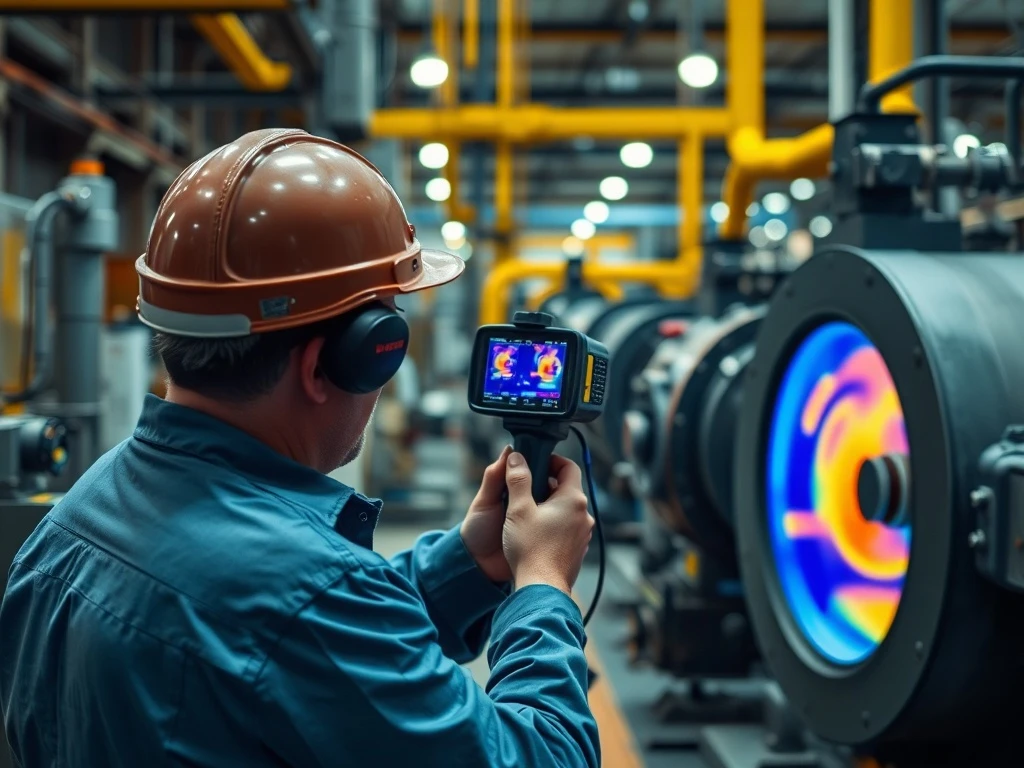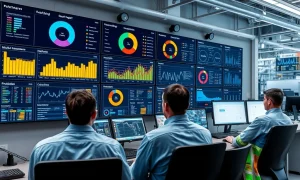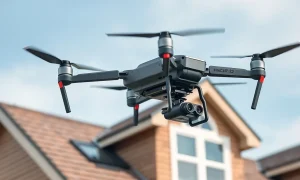Industrial operations face constant pressure to maintain peak performance while minimizing costly downtime. Predictive thermal management emerges as a game-changing solution that transforms how organizations safeguard their critical machinery and ensure uninterrupted production.
Why Predictive Thermal Management Matters
Temperature control remains fundamental to industrial reliability. Consistent equipment performance depends entirely on maintaining components within safe operating ranges. Consequently, predictive thermal management has become essential for modern maintenance strategies. This approach enables organizations to:
- Anticipate potential failures before they occur
- Limit production downtime significantly
- Protect output levels and quality standards
- Extend equipment lifespan substantially
Thermal Imaging: The Early Warning System
Infrared thermal imaging represents one of the most effective predictive thermal management methods. Maintenance teams capture heat signatures without disrupting operations. These scans reveal critical insights including:
- Overheating components requiring immediate attention
- Abnormal heat distribution patterns indicating stress
- Electrical stress points needing preventive measures
Addressing these findings promptly prevents costly stoppages and extends equipment longevity dramatically.
Material Heat Tolerance Considerations
Machinery performance depends heavily on material durability under heat. Different materials offer varying thermal resistance capabilities:
- Borosilicate glass withstands temperatures up to 932°F (500°C)
- Advanced glass-ceramics tolerate up to 1470°F (800°C)
- Electronic components require precise temperature ranges
Understanding these tolerances ensures proper predictive thermal management implementation.
Also Read: Revolutionary Top 5 Red Light Therapy Panel Brands for 2025 Home Wellness
Integrating Multiple Data Streams
Thermal insights gain tremendous value when combined with other predictive maintenance tools. Effective predictive thermal management integrates:
- Vibration analysis for comprehensive machine health assessment
- Motor circuit evaluations identifying electrical issues
- Real-time temperature monitoring through IoT sensors
This integrated approach enables accurate breakdown forecasting and precise service scheduling.
Digital Transformation in Thermal Management
Modern predictive thermal management leverages cutting-edge technologies including:
- IoT-enabled sensors for continuous monitoring
- Cloud-based platforms for data analysis
- AI-powered diagnostics for pattern recognition
- Real-time analytics for immediate insights
These technologies enable organizations to move from reactive to prescriptive maintenance strategies.
Human Expertise and Training Requirements
Technology provides data, but skilled professionals deliver value. Effective predictive thermal management requires:
- Proper thermal camera operation training
- Accurate interpretation of thermal scan results
- Continuous education on new methods and technologies
- Cross-functional team collaboration
Business Value and ROI
Predictive thermal management delivers substantial business benefits including:
- Reduced emergency repair costs significantly
- Enhanced production quality consistently
- Optimized energy usage efficiently
- Extended asset life cycles substantially
- Improved operational safety dramatically
Frequently Asked Questions
What is predictive thermal management?
Predictive thermal management involves using thermal monitoring technologies to anticipate equipment failures before they occur, enabling preventive maintenance and reducing downtime.
How does thermal imaging help maintenance teams?
Thermal imaging allows non-invasive detection of overheating components, abnormal heat patterns, and electrical stress points without disrupting normal operations.
What temperature ranges can industrial materials withstand?
Materials vary significantly: borosilicate glass handles up to 932°F, while advanced glass-ceramics withstand temperatures up to 1470°F in extreme conditions.
How does predictive thermal management integrate with other systems?
It combines with vibration analysis, motor circuit evaluations, and IoT sensors to provide comprehensive machine health assessment and accurate failure forecasting.
What training is required for thermal management implementation?
Teams need training in thermal camera operation, data interpretation, and continuous education on new technologies and methodologies.
What ROI can businesses expect from predictive thermal management?
Organizations typically see reduced repair costs, extended equipment life, improved safety, and optimized energy consumption, delivering strong returns on investment.








